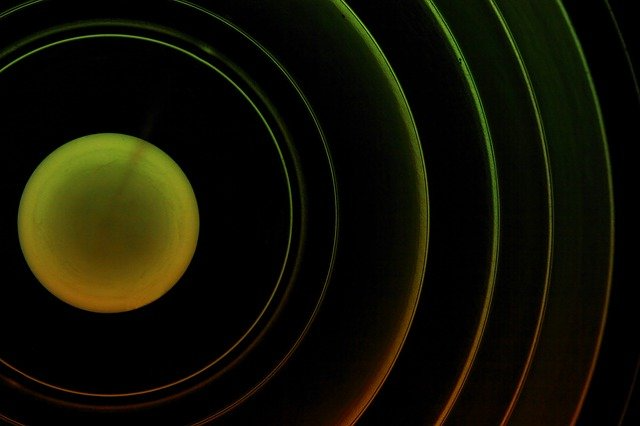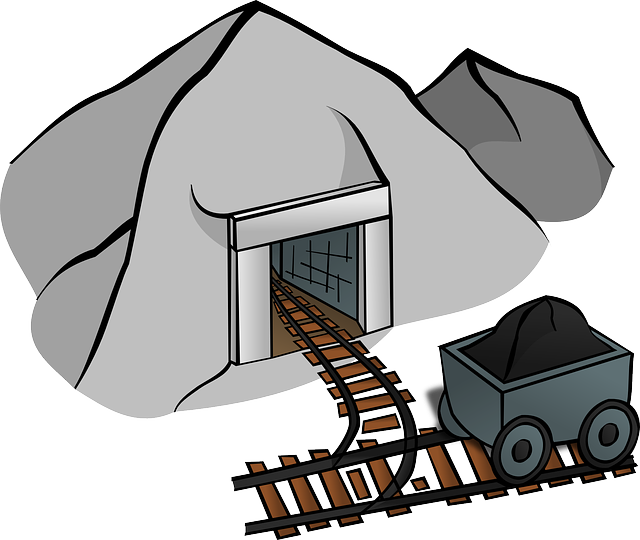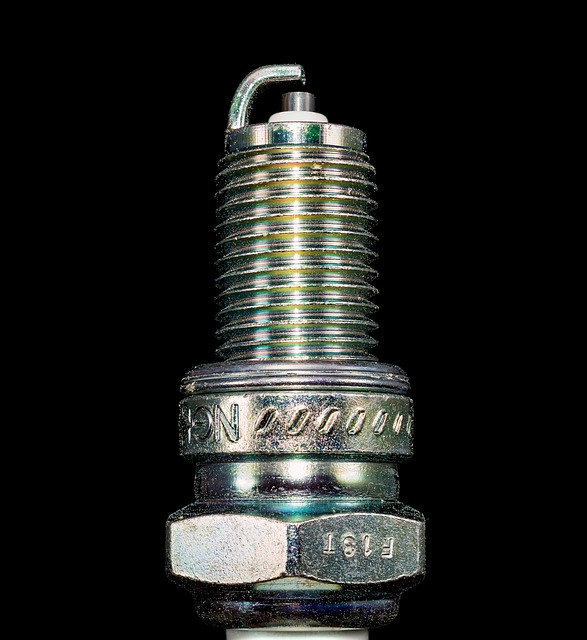Caesium or Cesium (American English) is a chemical element with an atomic number (Z) 55. It is an s-block alkali metal. The atomic mass of caesium is 132.905 g/mol and it is represented by the symbol Cs. In the periodic table, it is in group 1 and period 6. There are 55 electrons, 78 neutrons and 55 protons in an atom of caesium. The electron configuration of caesium is 1s2 2s2 2p6 3s2 3p6 3d10 4s2 4p6 4d10 5s2 5p6 6s1.
Caesium has a silvery-golden colour. Its melting point is 301.7 K ?(28.5 °C, ?83.3 °F) (liquid near room temp) and its boiling point is 944 K ?(671 °C, ?1240 °F).
The oxidation states of Caesium is −1, +1. It has the least electronegativity of 0.79 (Pauling scale). The ionization energy required for 1st electron knockout is 375.7 kJ/mol but it sharply increases for the 2nd electron (2234.3 kJ/mol).
Caesium has 39 isotopes in which the only one Cs-133 is stable and naturally occurring.
Caesium was discovered by Robert Bunsen and Gustav Kirchhoff in 1860. It is the first element that was discovered through a spectroscope. Its name was derived from the Latin word ''caesius'' which means sky blue. The blue colour was produced during the spectroscopy of Caesium hence given the name.
Caesium is mined mostly from mineral pollucite. While the radioactive isotopes more specially Cs-137 can be obtained from nuclear waste.
Caesium is used in the drilling of petroleum in the form of caesium formate.
Due to the density of Caesium ions and their solutions such as caesium sulfate, and caesium trifluoroacetate it is used in Ultracentrifugation. In molecular biology, it is used in the isolation of nucleic acids and viral particles.
Caesium is used in atomic clocks. It uses the electromagnetic transitions in the hyperfine structure of caesium-133 atoms as a reference point. Caesium clocks regulating the timing of the internet and cell phones.
In mineral exploration and detection of gamma rays and x-rays crystal of caesium fluoride (CsF) and Caesium iodide (CsI), Caesium bromide (CsBr) are used. These crystal are used in scintillators in scintillation counters for detection.
What is caesium used for?
- Used in Centrifugation:
Due to the density of Caesium ions and their solutions such as caesium sulfate, and caesium trifluoroacetate it is used in Ultracentrifugation. In molecular biology, it is used in the isolation of nucleic acids and viral particles.
- Used as a base in Organic chemistry:
Caesium fluoride as an anhydrous is a source of fluoride ions. It is used in organic chemistry as a base, Caesium salts replace potassium and sodium salts in organic synthesis like cyclization and esterification.
- Isotope application:
Caesium-137 has a half-life of roughly 30 years. It is used as a source for gamma-emitter in industrial applications. It has been used in cancer treatment, sterilization of food and surgical equipment.
- Minerals exploration:
In mineral exploration and detection of gamma rays and x-rays crystal of caesium fluoride (CsF) and Caesium iodide (CsI), Caesium bromide (CsBr) are used. These crystal are used in scintillators in scintillation counters for detection.
- Magnetometer:
A magnetometer is a device that is used for detection, magnetic field, strength and magnetic dipole moment of the magnet. Caesium vapour is used in the magnetometer.
- Atomic clocks:
Caesium is used in atomic clocks. It uses the electromagnetic transitions in the hyperfine structure of caesium-133 atoms as a reference point. Caesium clocks regulating the timing of the internet and cell phones.
Where is caesium found?
It is relatively a rare element. It has an average abundance of 3 ppm in Earth's crust making it the 45th most abundant element. minerals like sylvite and carnallite have a very small percentage of Caesium. But minerals like avogadrite, pezzottaite and beryl have a moderate amount of Caesium in them. Pollucite is the only mineral that is economically good for the extraction of Caesium. Caesium is found in places like Bernic Lake mine in Manitoba, Canada, the Bikita district in Zimbabwe and the Karibib Desert in Namibia.
What is the melting point of caesium?
The melting point of Caesium is 301.7 K ?(28.5 °C, ?83.3 °F).




